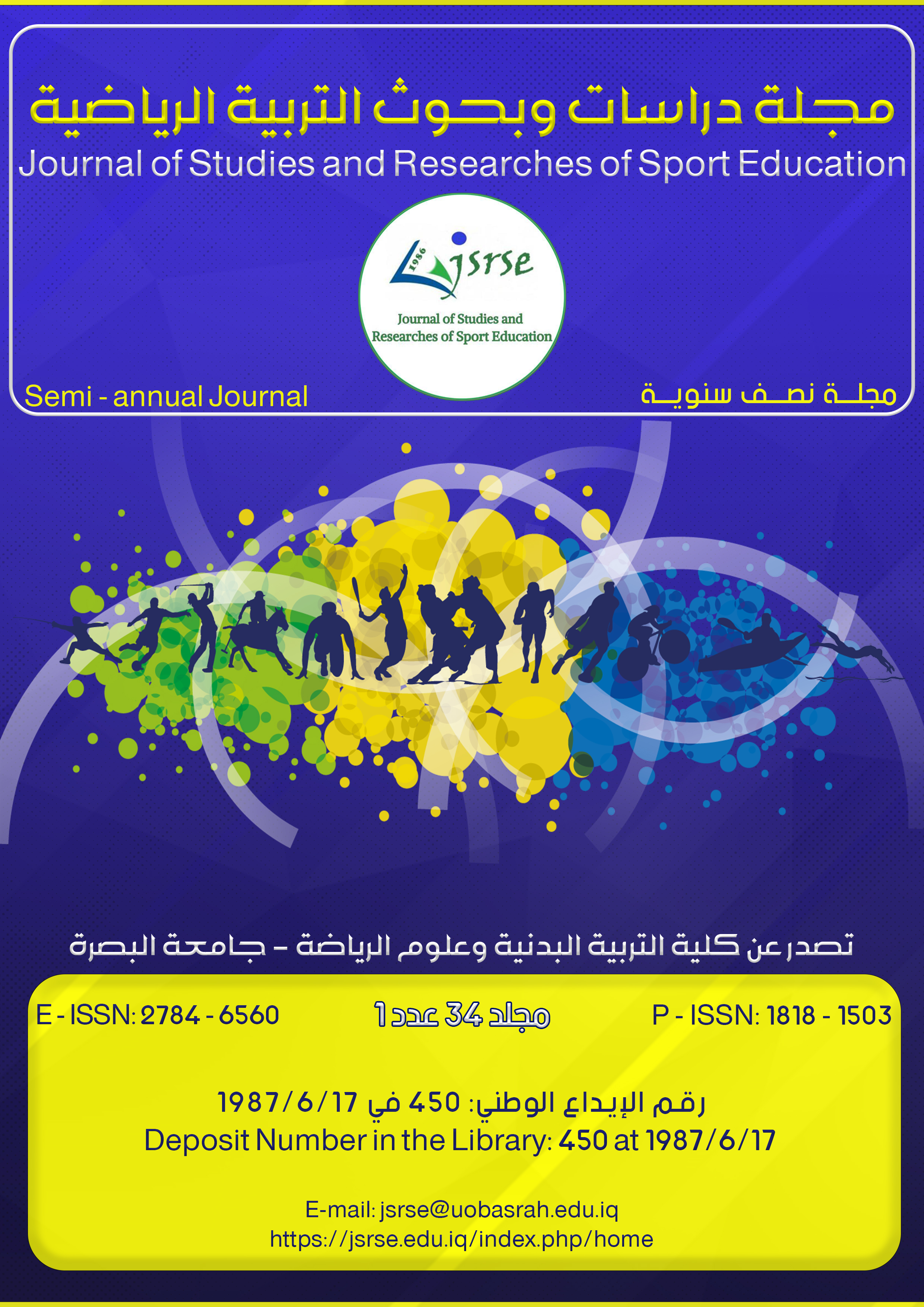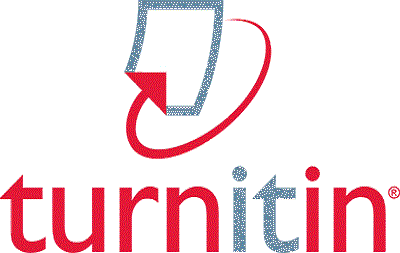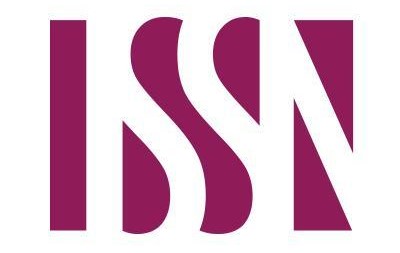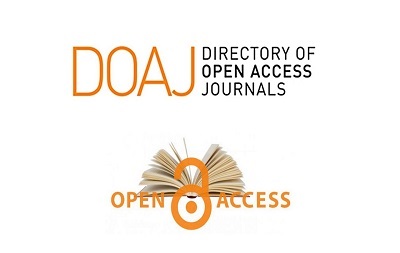The effect of the mental training method accompanied by standard feedback in learning the technical performance of the forward roll diving movement in artistic gymnastics for men
Main Article Content
Abstract
The research aims to identify the effect of the mental training method accompanied by standard feedback in learning the technical performance of the front-roll diving movement in gymnastics, and the advantage of the effect compared to the traditional method of verbal and visual correction using the educational notebook. The research used the experimental method on a sample of second-year students at the Faculty of Physical Education and Sports Sciences at the University of Anbar for the academic year 2022-2023. I used a form to evaluate the performance of the forward roll diving movement to obtain the pre- and post-measurements. The main experiment procedures were implemented in two educational units whose contents were similar for each group. The difference was as follows: The control group used verbal and sometimes visual feedback using the educational booklet that explains the sequence. Performing the movement of the body parts at every attempt to perform and repeat it, while the experimental group used mental training procedures accompanied by standard feedback. After completing the experimental procedures, conclusions emerged, the most important of which was that the mental training method accompanied by standard feedback is effective in learning the technical performance of the front-dive roll movement. Frontal gymnastics compared to the traditional method
Article Details

This work is licensed under a Creative Commons Attribution-NonCommercial 4.0 International License.
References
Aldewan, L. H., Abdul-Sahib, H. M., & al-Mayahi, S. J. K. (2013). Platform impact media super overlap (Alhiebermedia) to learn the effectiveness of the long jump for the Deaf Mute. Journal of Studies and Researches of Sport Education, 36, 27–41. https://www.iasj.net/iasj/article/94541
Al-Diwan, L. H. M. (1992). The relationship of some elements of physical fitness to the level of skill performance on gymnastics equipment. Albasrah University, 1–68. https://doi.org/ 10.13140/RG.2.2.21844.37764
Firas Hassan Abdul Hussein, Laith Muhammad Hussein, & Hamid Salman’s gesture. (2009). he effect of mental training in developing the level of cognitive organization and acquiring some weighted movements among gymnastics players. Al-Fath Magazine University of Diyala, 42. https://doi.org/10.23813/FA/2009/13/5/5
Kadhim, M. A. A. (2020). The effect of instant feedback on performance at the digital level on discus effectiveness. Indian Journal of Forensic Medicine & Toxicology, 14(4). https://doi.org/10.37506/ijfmt.v14i4.11907
Mahmoud Suleiman, & Fawzi Yacoub. (1995). Educational gymnastics for men: Vol. 1st edition (Knights of the Word, Ed.).
Muhammad, A.-G. O. (1994). Motor learning and sports training: Vol. 2nd edition (Dar Al-Qalam for Publishing and Distribution, Ed.). https://www.iraqnla.gov.iq/opac/index.php?q
Muhammad Shihab Ahmed, Mayada Khaled Jassim, & Israa Yassin Abdul Karim. (2013). he effect of mental imagery accompanying skill training in improving the performance level of artistic gymnastics. Contemporary Sports, University of Baghdad, 12(21), 221–246. https://www.iasj.net/iasj/article/79798
Oras Qasim Muhammad, & Hassan Jijan Sabbar. (2022). The effect of mental training in improving the level of performance of the handstand movement on the parallel apparatus in artistic gymnastics for men. Anbar University Journal of Physical and Sports Sciences, 13(25). https://doi.org/10.37655/uaspesj.2023.135931.1007
Oudah, M. J. , Aldewan, L. H., & Hchaya, H. M. (2022). Building a Scale of Systems Thinking in Tennis. . Journal of Studies and Researches of Sport Education, 32(2), 18–27. https://doi.org/https://doi.org/10.55998/jsrse.v32i2.341
Radwan،Muhammad Nasr al-Din. (2011). Introduction to Measurement in Physical Education and Sports: Vol. 2nd edition (Al-Kitab Publishing Center, Ed.). https://library.alkutcollege.edu.iq/book/99
Rafid Mahdi Qaddouri. (2013). The essence of motor learning (Diyala University). https://scholar.google.com/citations?view_op=view_citation&hl=ar&user=GEUB2pcAAAAJ&citation_for_view=GEUB2pcAAAAJ:roLk4NBRz8UC
Wajih Mahjoub, Ahmed Badri Hussein, & Mazen Abdel Hadi. (2000). Theories of learning and motor development (Ministry of Education Press, Ed.). https://cte.univ-setif2.dz/moodle/mod/book/view.php?id=32920&chapterid=7442&lang=ar
Wissam, S. A. H., & Samer, Y. M. (2014). Motor learning and its applications in physical education and sports (Dar Al-Kutub Al-Ilmiyyah, Ed.). https://www.sport.ta4a.us/books/1854-kinetic-learning-applications-physical-sports.html
Yarub Khayoun. (2010). Kinetic learning between principle and application: Vol. 2nd edition (Al-Kalima Al-Tayyibah Press, Ed.). https://www.sport.ta4a.us/books/1753-kinetic-learning-principle-application.html





 IASJ
IASJ CC-BY-4.0
CC-BY-4.0 turnitin
turnitin ISSN
ISSN DOAJ
DOAJ Crossref
Crossref GoogleScholar
GoogleScholar Orcid
Orcid